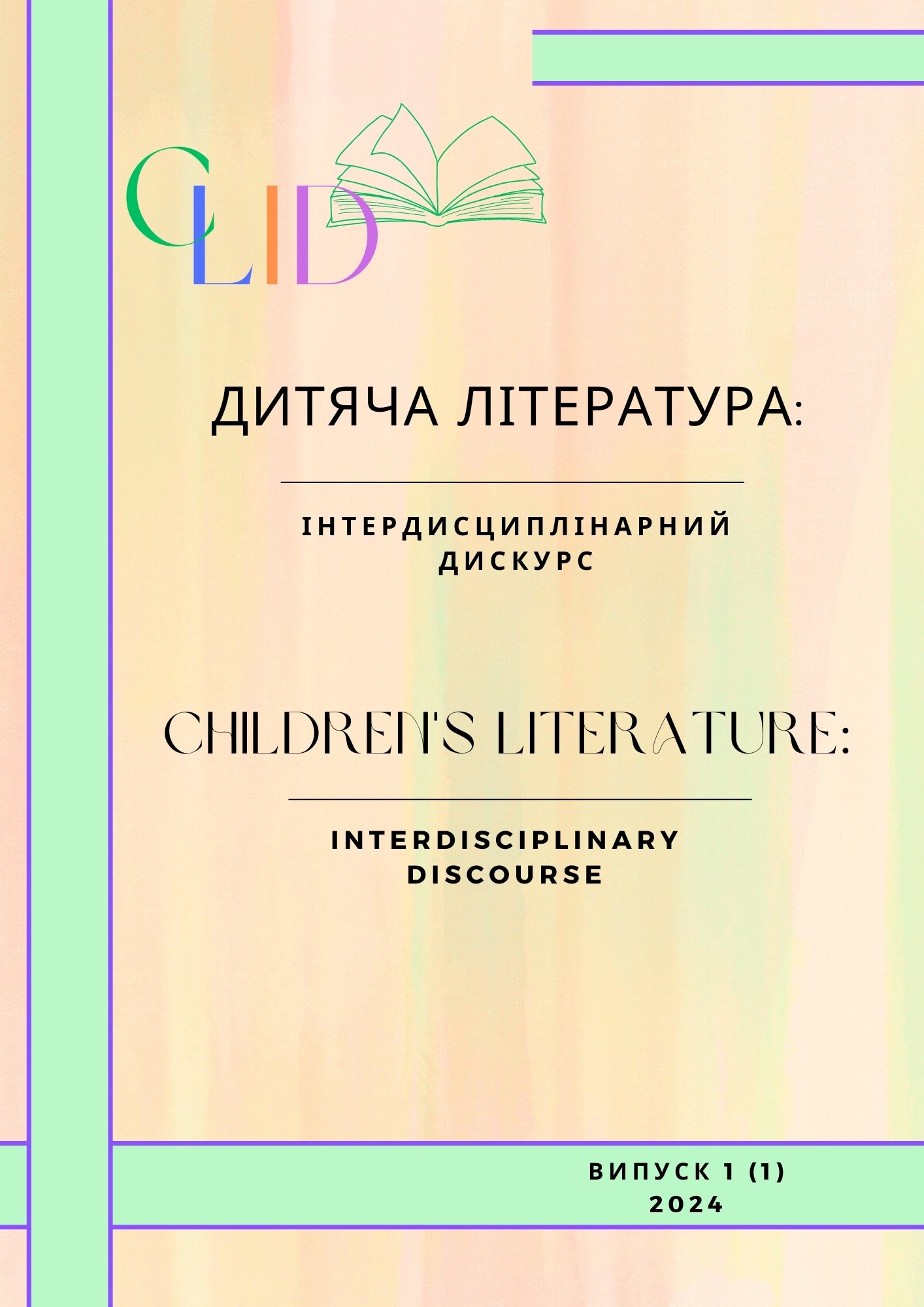How to Prepare an Editor for Children's Publications? Project Learning Experience
DOI:
https://doi.org/10.15330/clid.1.1.90-97Keywords:
children’s book, project-based learning, editor, artificial intelligenceAbstract
The article uses analytical and synthetic, comparative, descriptive and systematic methods to systematise the experience of the project-based learning method in the creation of children’s book projects by students of the Department of Publishing and Editing of the Educational and Research Institute of Journalism.
Using the case study method, the author summarises the practices of creating socially significant thematic profiles for educational projects: work with historical and social memory (people, events, city, places); ecology, nature; family values. The Russian-Ukrainian war exacerbated the perception and feeling of new military realities. The thematic profiles were complemented by issues of security, fear, home as a place of rootedness, communication, etc. Students worked on credit projects: “Medusia is looking for a home” - about Kherson bees; “Airplane Poems” - translation of poems from Russian into Ukrainian; family history; “Alphabet of Ukrainian cities”.
It was determined that in the work on the project, students acquire professional competences - from the ability to research and produce ideas, organize the creation process, to delivery of the presentation of the completed product, in our case – books.
It is emphasised that children’s books created by students as educational projects often become real publishing products. For instance, the students’ work “Lina and Leo fly” was published by the “Little Beetle Press” publishing house in Ireland in the “Ukrainian Read Faces” series, and Olena Herasymova’s Bachelor’s project “Ellisiv and the Ellisives. Ukrainians in Norway” interested the management of the Kyiv publishing house “Zhnets’.
The use of innovative technologies in the creation of children’s books is highlighted as a priority, and experiments with artificial intelligence are described. This has shown students both the great opportunities and challenges of the use of artificial intelligence in the creation of children’s books. The authors conclude that training of editors, publishers, authors and illustrators of children’s books is a matter of national importance. It is the work for the future.
References
Gordon, Draiden, Dzhannet, Vos. (2011). Revoliutsiia v navchanni [Revolution in education] (M. Tovkalo, Trans.). Litopys [in Ukrainian].
Heagney, Joseph. (2020). Osnovy upravlinnia proektamy [Basics of project management] (Ya. Mashyko, Trans.). (5th ed.). Fabula [in Ukrainian].
Martin, Robert. (2021). Chystyi Agile: nazad do osnov [Pure Agile: back to basics] (V. Lunenko, Trans). Ranok: Fabula [in Ukrainian].
Ohar, E. (2012). Dytiacha knyha v ukrainskomu sotsiumi (dosvid perekhidnoi doby) [Children's book in Ukrainian society (experience of the transitional period)]. Svit [in Ukrainian].
Stakhiv, M. (2023). Viina. Dity. Literatura: dytiachi knyzhky ta viina v Ukraini [War. Children. Literature: children's books and the war in Ukraine]. Goethe-Institut. https://www.goethe.de/prj/lek/uk/--/wrrchldrn.html [in Ukrainian].
Gold Standard PBL: Project Based Teaching Practices. (2024). PBLWorks. https://www.pblworks.org/what-is-pbl/gold-standard-teaching-practices
Solis, Janika. (2022, April). How to use Project-Based Learning approach to build learning environments. Teachfloor. https://www.teachfloor.com/blog/how-to-use-project-based-learning-approach-to-build-learning-environments




